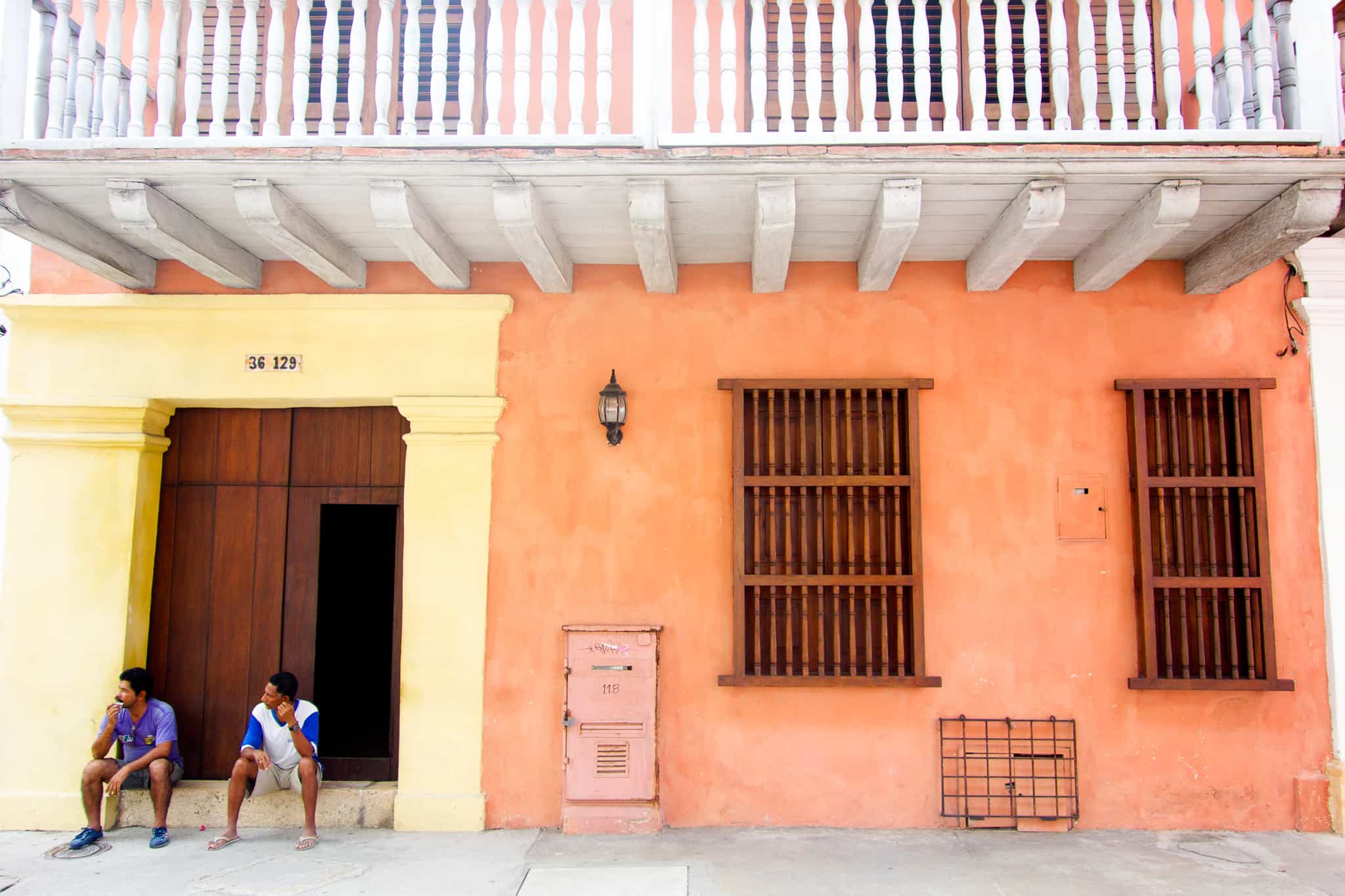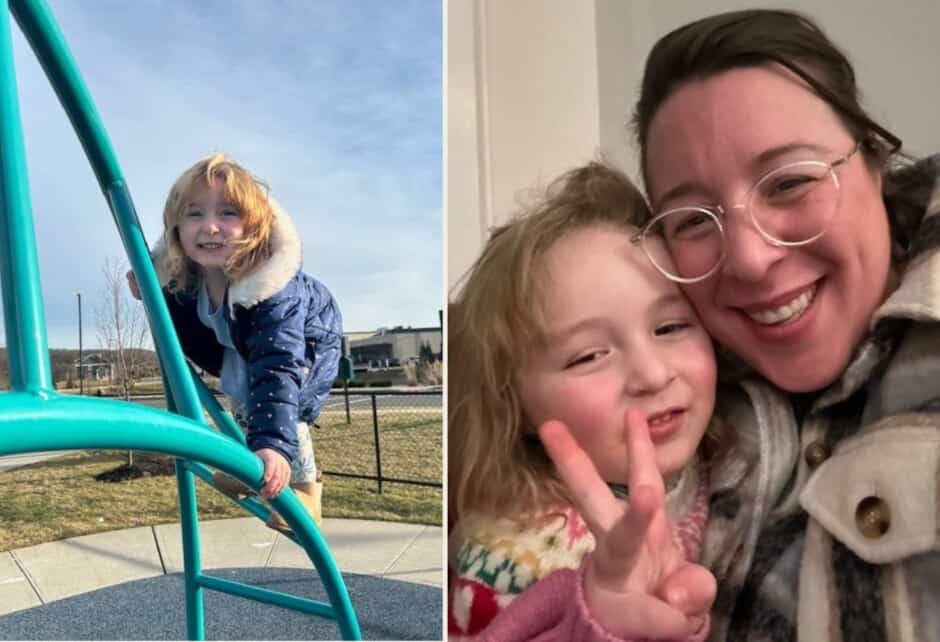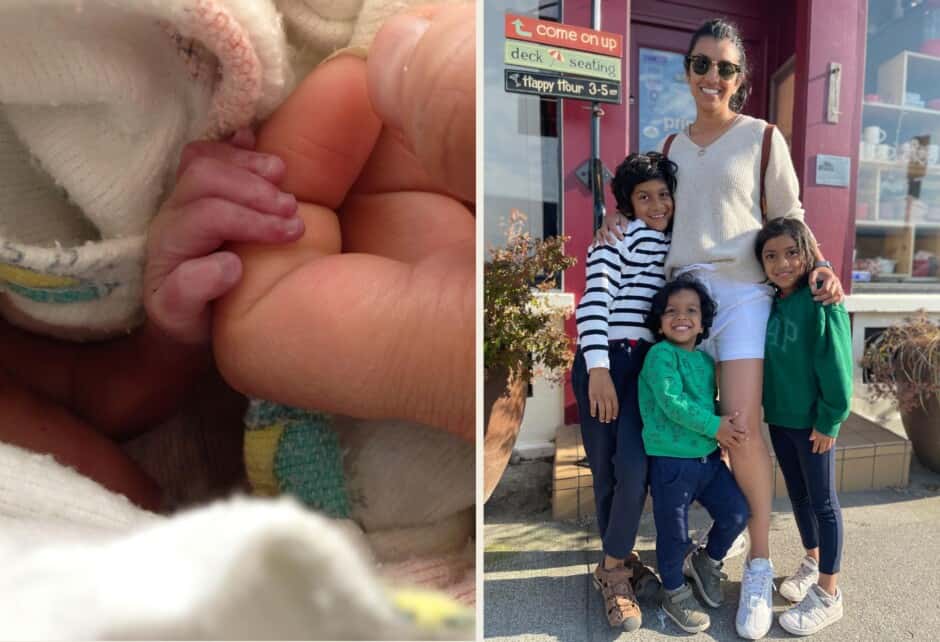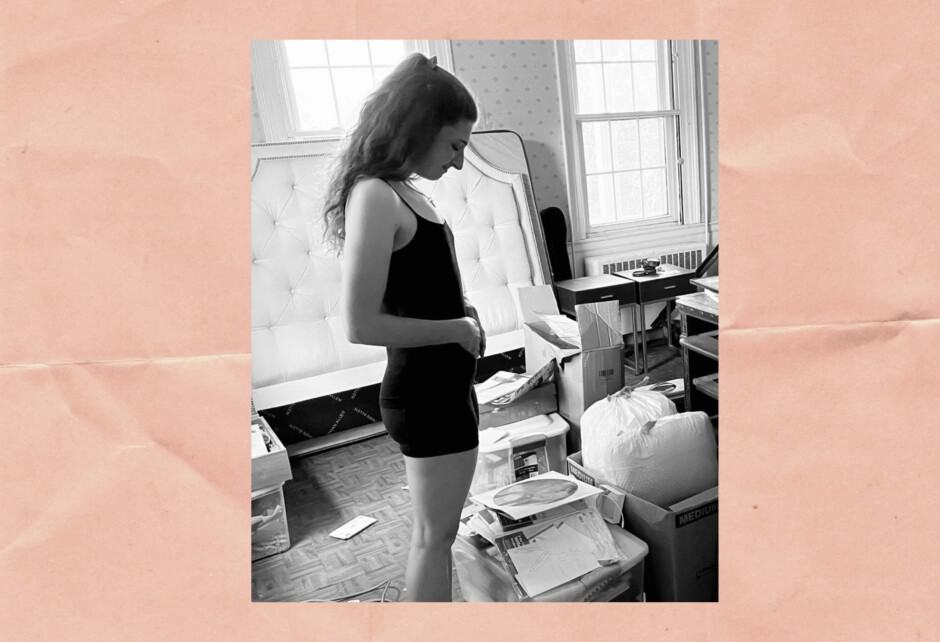
Mom Talk: Raising My Child In A Multicultural Household
Written by Karina Vasquez Greenberg
Photography by PHOTOGRAPHY COURTESY OF KARINA VASQUEZ GREENBERG
We’re back with another round of “Mom Talk”, where we invite some incredible mothers, from all walks of life to share their personal experiences and journeys through motherhood, whether it be struggles, triumphs, or anything in-between—nothing’s off limits when it comes to topics. This week, Karina Vasquez Greenberg talks the conscious decision to raise a biracial, multicultural child with deep knowledge and understanding of his roots. -JKM
We found out we were having a boy when I was fourteen weeks pregnant, giving us plenty of time to table the girl names and focus on naming our son. The criteria for a name grew as we discussed how our cultural identities could be represented. His name had to be easily pronounced by my Chilean father and Puerto Rican mother. It had to start with an “M” or “L” to honor one of my husband’s grandfathers, the way his Jewish family in Savannah had always done. The list grew, but we decided that so long as it somewhat reflected our son’s heritage, we would give him a name we loved. We deliberated on his middle name in our New York City hospital room, and finally deposited his paperwork with Leo Miguel.
Choosing a name was just one example of how our differing cultures weaved their way into our parenting. When Leo was a year old, I banned English language books from his bedroom and reprimanded my English-only speaking husband when he tried to sneak the untranslated version of Good Night Moon back into the repertoire. “Things would be so much easier if you could speak Spanish,” I would grudgingly say, and found myself frequently googling how to raise a multicultural child. The consensus on the Internet, and with my friends and colleagues of mixed races, was that raising a child to appreciate his family’s history requires collaboration and consistency.
As a first generation child, my parents had the option to assimilate into Anglo-American culture, or maintain Spanish at home and in public. Even though we were in New York City, my parents, specifically my mother, was met with criticism for her choice. Nonetheless, her desire for me to be able to connect with Spanish-speaking relatives trumped early ’90s public opinion to designate English as the country’s official language. Further down the East Coast, my mother-in-law, Sally Jean, was experiencing a similar conflict with raising Jewish sons in the South. Despite an abundance of anti-Semitism in the Low Country, Sally wanted to root her family in the spiritual and cultural practices of Judaism. As an elementary school teacher, she felt children benefited from an anchor in life, and that her children’s active participation in all aspects of Jewish life would be an invaluable foundation for their future. Inspired by our families’ dedication to raising us with their cultural values, we’ve taken a conscious approach to building a multicultural home.
First, we had an honest conversation about why this mattered. Some might say that by teaching our son about his racial and cultural differences, we are dispelling the notion that all human beings are the same. To which we’d say, try being a Latina or a Jew in the South, or any minority in this country. We do not want our son to develop a sense of his Latino-ness and Jewish-ness through media and entertainment outlets, especially given the current political climate.
For me, what matters most is developing Leo’s Spanish speaking abilities. To think of my son as unable to speak with his uncle in Chile, or sing along to Marc Anthony during Sunday morning cleaning sessions breaks my heart. While learning a language is often touted as a way to set yourself apart professionally, what is more important to me is my son’s ability to be able to connect with his family and Spanish-language literature. Pablo Neruda’s, “Si Tú Me Olvidas,” sounds much better the way it was intended to be read.
For my husband, it is Shabbat. His family, both nuclear and extended, always had dinner together on Friday nights. Candles were lit, and blessings over the kosher wine and challah were recited. My husband remembers those nights fondly, and since the birth of our son, has always made it a point to come home a little earlier on Fridays, turn off his phone, and enjoy a day of rest with his family.
While having an understanding of the cultural elements that matter most to each one of us is crucial, what’s most important is encouraging participation from one another in all aspects of Leo’s multicultural upbringing. My husband is committed to becoming fluent in Spanish. He speaks it everyday, reads to Leo in Spanish, and I have to say, his effort is so unabashedly sexy. And, while I may not bake batches of challah bread monthly the way Sally Jean does (she has the most incredible recipe), I do light Shabbat candles and will make the trek to Breads Bakery to pick up the good challah.
We realize that we are not our son’s only nurturers. As Leo grows, the role his grandparents, aunts, and uncles play in his life becomes increasingly influential. We also understand that our community will have an impact in Leo’s multicultural upbringing. He lives in one of the most diverse cities in the world. One of the reasons my mother encouraged the connection to Puerto Rico and Chile was to build a foundation for learning about other cultures. While he’s still too young for school, growing up in Queens, New York, Leo is slated to have an experience rich in diversity. I can already imagine him coming home with rolls of gimbap and watching Bollywood movies the way I did with my friends.
My husband and I understand race and culture cannot be boiled down to the food we eat or how we speak, but we use these tools to reinforce our cultural identities with our son. We will make mistakes, and our son may be confused by the differences at times, but life is full of mistakes and confusing moments that have nothing to do with cultural identity. With the rise of multiracial families in the United States, I’d love to hear what steps other families are taking to share their culture with their children.
Are you a mom with something to say? Send us an email to be considered for our “Mom Talk” column.
Share this story



